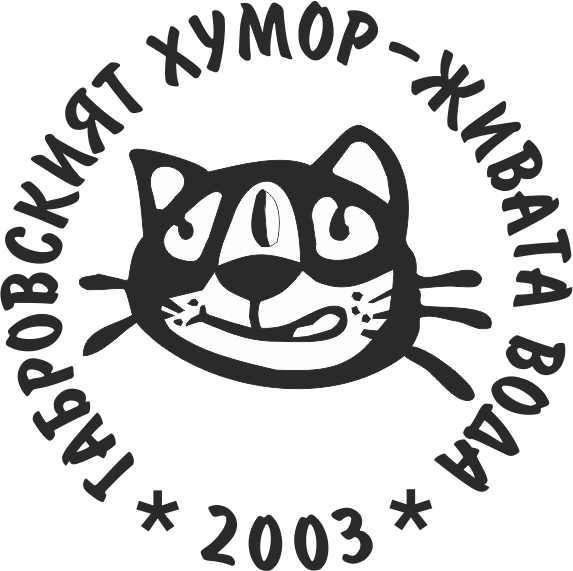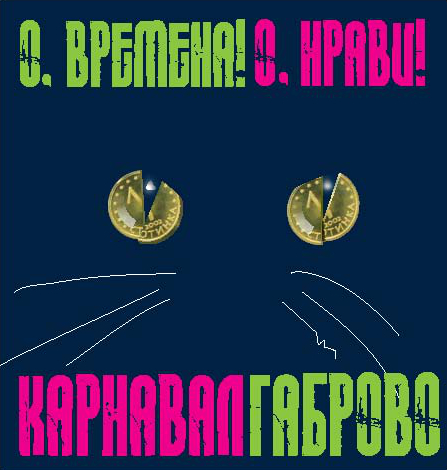
It all begun with the ……… ‘’Oleliynya”’[1]
There are no written evidence and publications as to when was the first mass carnival in Gabrovo, but there is also not a person from Gabrovo, who doesn’t know that that it started back in the 19th century with a loud, merry procession of disguised people, known as the Oleliynya. Right on Saturday before ‘Sirni Zagovezni’ (Shrove Sunday) the people of Gabrovo arranged the biggest annual traditional fair where they shook off their everyday concerns and to look at the world with new eyes. Feeling totally philosophical the transience of things, they broke the everyday order, unlocking the kingdom of unforeseen and surprise. The fest was ruled by fun and joy and the world was turned upside-down.
On this day the sellers dressed in colorful outfit, disguised themselves and sold with satisfaction all kinds of temptations for the poor soul – more than 10 types of halva,’’peinir-shiker’’ [2], white ‘pivokvas’[3] from Gabrovo, kravai[4], wine and rakia, molds with homemade butter decorated with wooden spoon and for children – sugar roosters, chocolates and candies, cheap knick-knacks for young and old wives and bachelors, and colorful slippers and shiny belts for the damsels.
The town brass band went in the open air to ‘Padalo’ ,the wide meadow outside town in the calmer hours. ‘’Hora’’ and ‘’ruchenitsi’’ [5] were swirled. Hurdy-gurdies played old popular tunes. Songbooks were offered. Under colorful umbrella folk singers in disguise or on stilts sang either heavy or joyful songs. Especially for the Gabrovo’s Oleliynya arrived funny-artists with woven suitcases from the whole country and gypsies made bears and monkey dance. ‘’Kukeri’’ from Thrace chased away the evil powers of winter and the lean year with their dances and made spell for triumph of prosperity and good. The Oleliynya continued till late at night. In the dusk could be seen the first disguised people who moved in groups and made the housewives at the doorsteps laugh…. The Carnival Sunday was to come!
Motley, multi-colored, full of good mood, the procession began on Sunday afternoon and continued till darkness. And with the purifying power of masks, alike the power of forgiveness, the evil was forgotten!
…”And as the Oleliynya rolled on since 19th century, through 20th century by far to 21st century. Neither capitalism, nor socialism or democratic changes has scared it. No matter if the Oleliynya was raised on ‘Sirni Zagovezni’, or was ‘’tied’’ to the Festival of Humor in May, it was anticipated by all. The carnival fest had had many faces – it threaded in procession or was put on platforms and stages or allocated on city squares. The festival obtained various faces according to its organizer – in the beginning it was spontaneous, by the people; later the factory owners gave it gloss, then the party took care, then the Municipality, with or without a director. The Gabrovians had only two times to do without their fifth season time – during WW2 and in the first years of Changes /1990-1998/. In 1998 when the European Commission gave some money to the Authorities of Gabrovo to use them for essentials in this fiery financial crisis, the authorities along with the cultural institutions and schools considered that the money was not enough for bread of the population anyway therefore decided to give it for circuses. That is how Euroday ’98 was born and after 8-year break the Carnival was back in town again!’’ – Tatyana Tsankova.
[1] Outdated traditional Bulgarian word similar in meaning to ‘clamour’.
[2] Traditional candies
[3] Old fermented sour refreshing drink
[4] Ring-shaped bun
[5] Traditional Bulgarian folk dances

















